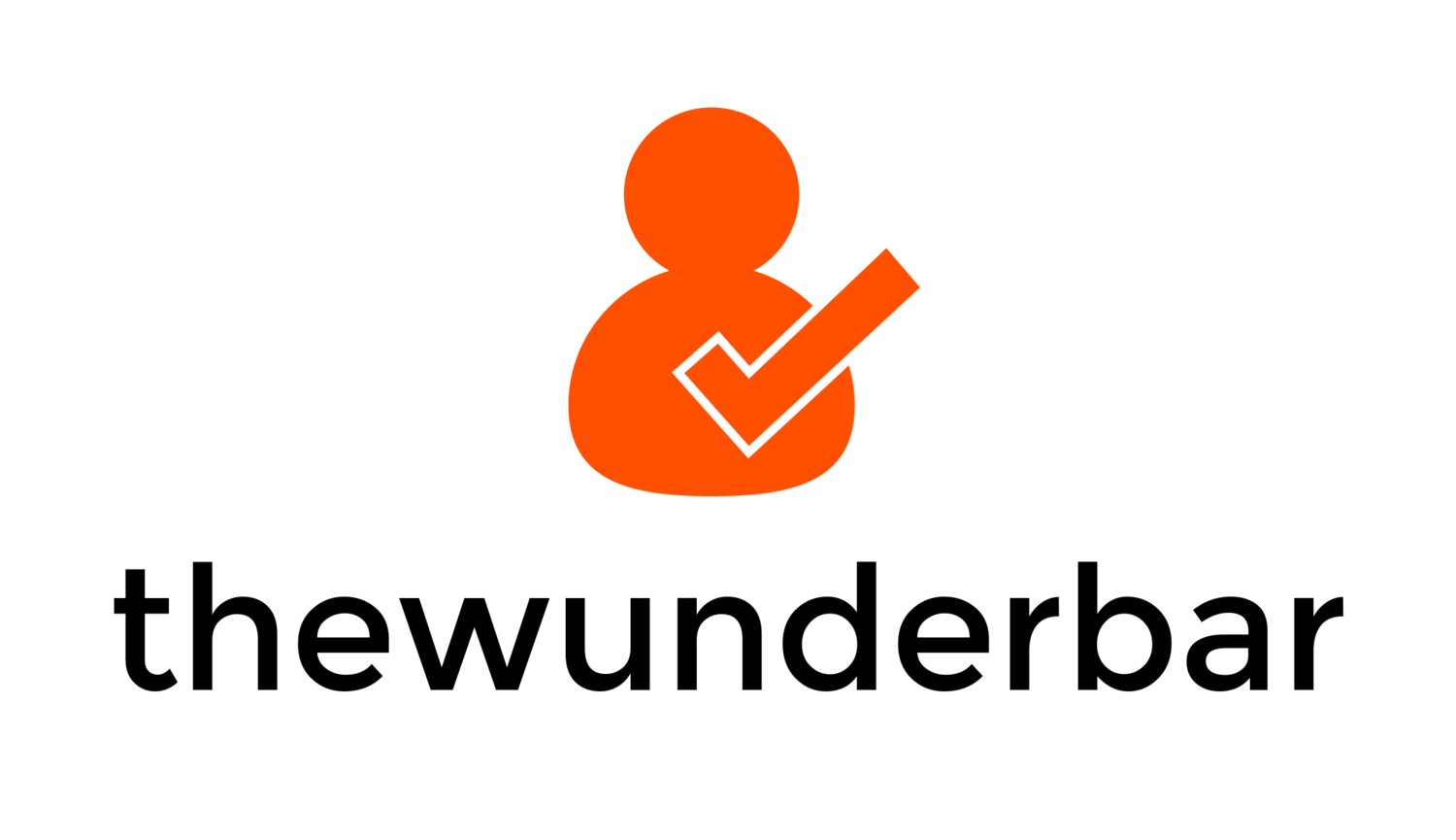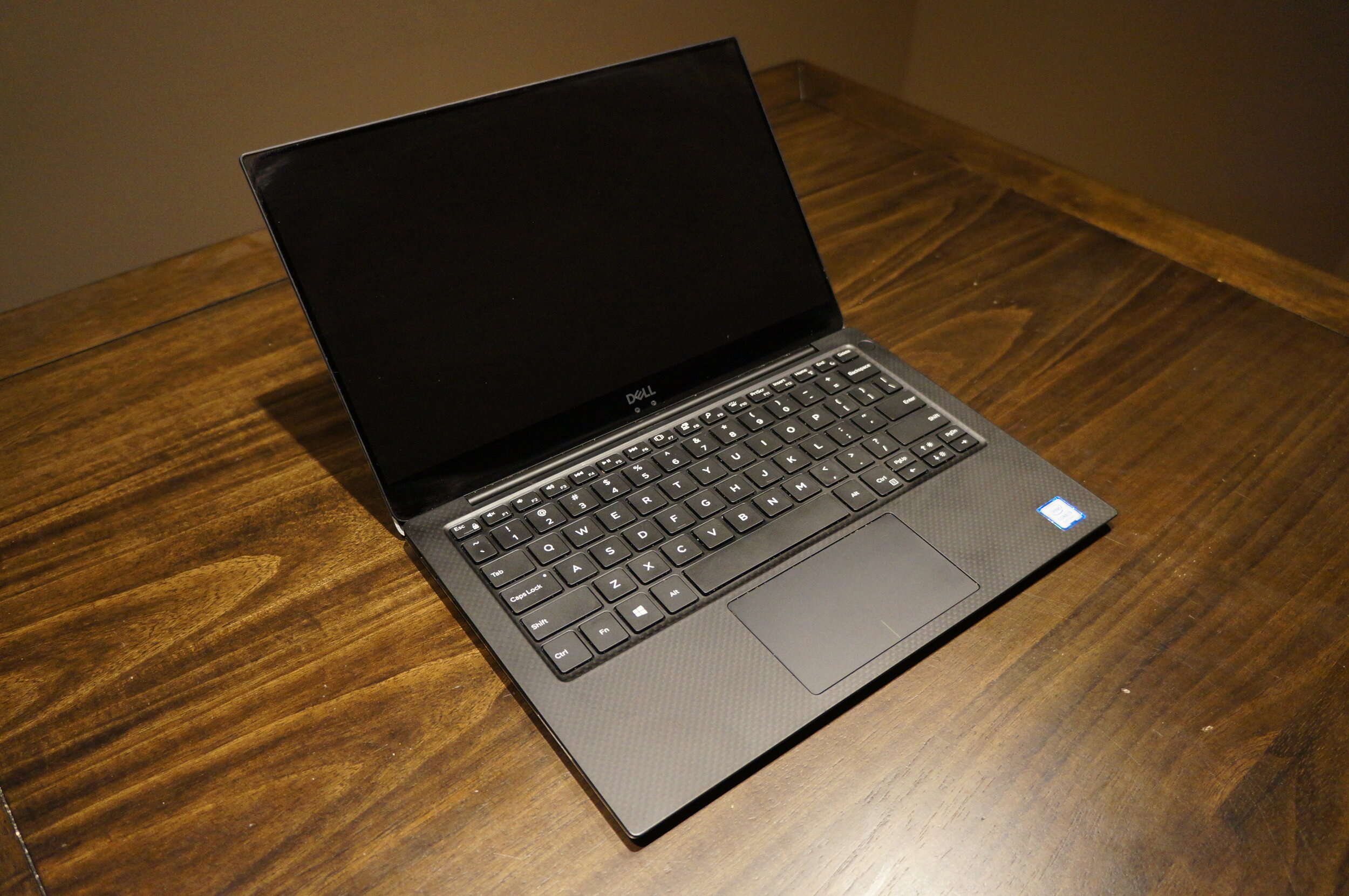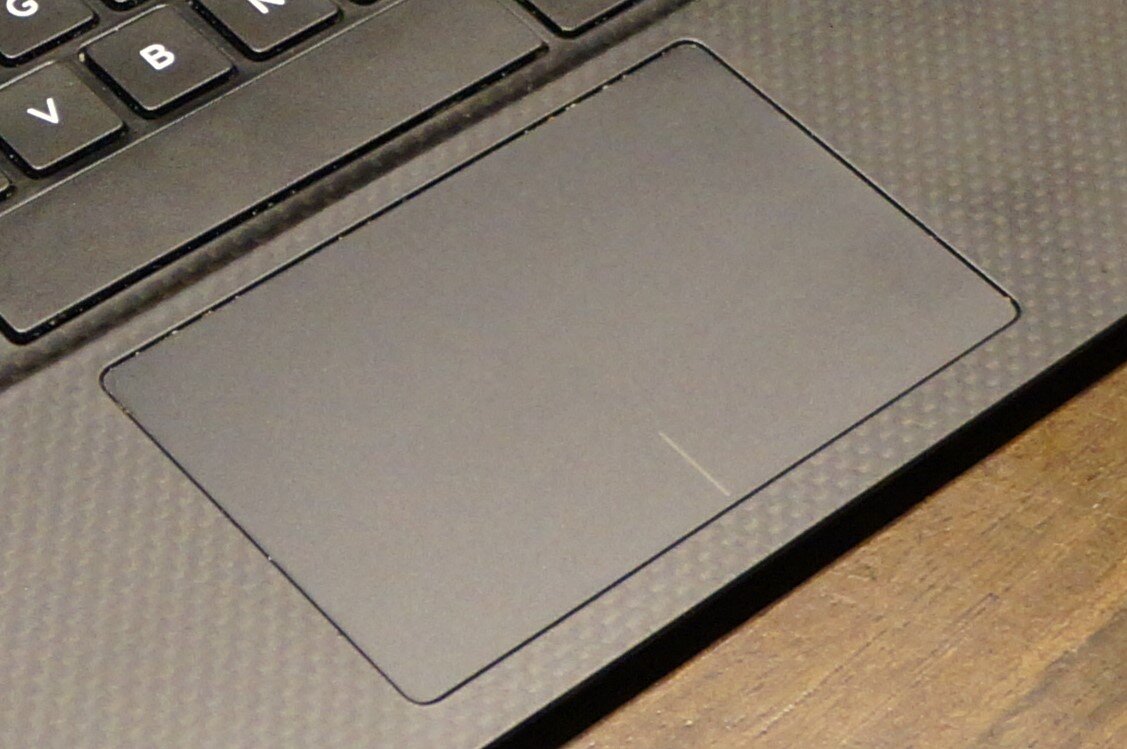The Dell XPS 13 is one of the most highly regarded Windows Laptops on the market, and has been for several years. Every new model is reviewed, and gets high marks. But we don’t often hear from people who buy it and use It every day for a long time, and how well it holds up in everyday use. I’ve had an XPS 13 since August of 2018, here are my experiences.
My specific model is the XPS 13 9370, which was originally announced in January 2018 and released shortly after. The laptop has a Core i5-8250U processor, 8GB of RAM, and a 13.3 inch 4k screen. It shipped with a 128GB of SSD storage which I have since upgraded to a larger and faster 512GB drive. Other things of note are a 52Wh battery that was rated for 7 hours of battery life on the 4k screen, two Thunderbolt 3 ports, one USB-C port, a MicroSD card reader, and a 3.5mm headphone/microphone jack. There is a Windows Hello capable camera under the display, a fingerprint sensor in the power button, and a full size keyboard and trackpad. All of this in a compact package that weighs about 2.8 pounds. The laptop includes a relatively compact 45W USB-C charger.
Physical condition
The hardware of the laptop has held up very well in day to day use. I’m not very hard on devices, and the laptop spends most of its time either on a coffee table, my lap, or in a backpack. There are no visible scuffs, scratches or dents on the aluminium shell of the laptop. Open up the lid, and there is a bit of wear. On the display itself there is a small mark near the top right corner that I can only see when the display is off. It has been there for over a year, and I’m not sure where it came from. It doesn’t detract from my use of the laptop at all since I can’t see it when the screen is on, but it is there. There are no other visible scratches or marks on the display.
The bigger issue I have with the machine is the carbon fibre material used on the keyboard deck. Everything surrounding the keyboard and trackpad on the laptop is a black carbon fibre type material that I have a hard time describing. It almost feels rubbery. It feels good under my wrists when I type, but the issue with that material is that it marks up extremely easily. It absorbs oils from my hands and looks very dirty, and cleaning it is challenging. It is possible to clean with a damp microfiber cloth, but it takes quite a bit of effort, so I don’t do it very often. That is the one part of the laptop that looks really cheap, which is unfortunate since the carbon fibre material is supposed to be one of the more premium aspects.
Keyboard deck before cleaning
Keyboard deck after cleaning
Keyboard, Trackpad, Webcam
The keyboard and trackpad have been an absolute joy for the time I have owned this machine. The keys have good travel and are very responsive. The keyboard is starting to show signs of wear, the finish is starting to wear off on some commonly typed keys, especially the right side of the space bar. This is common among all keyboards that see extensive use, and isn’t surprising. That doesn’t detract from the actual typing experience, which remains excellent. Keyboards found on many laptops today have lower key travel in the name of thinness, which mixed results, so I do enjoy the traditional keyboard found here.
Keyboard
The trackpad on this laptop is very good. After 2 years the glass is still smooth, and has shown no signs of wear. It remains as responsive as it was on day 1. I do wish it were just a bit bigger, but there isn’t really a way to do that without making the entire laptop larger, so I’ve been more than happy to live with it as is.
Trackpad
Also on the keyboard deck is the power button with an integrated fingerprint sensor. The sensor is fast, responsive, and has become my preferred way to log in to Windows. I rarely, if ever, have any issues with it not recognising my finger.
Fingerprint sensor. You can see a bit of staining from my finger on the carbon fibre
Pk, time to talk about the webcam. Because of the tiny bezels above the display, the webcam is below the display, even below a giant Dell logo. The location hadn’t bothered me too much until recently because I only ever used it for Windows Hello login. But, with COVID-19 and social distancing a part of our lives now, I’ve used the webcam a few times and the location below the screen is terrible. To use the laptop on a desk or table, the angle of the webcam looks right up my nose, and I can’t use the keyboard without my knuckles being in the shot. To get an eye level shot with the camera, I have to prop the laptop up at least a full 12 inches, and getting the angle right so the camera is straight, but not also showing the keyboard, is a pain. Subsequent models of the XPS 13 put the webcam back above the screen, sacrificing Windows Hello cameras, and I wish I could make that trade.
Webcam and Windows Hello camera
Ports and connectivity
The laptop features 812.11ac wifi, what we now call Wifi 5, and Bluetooth 4.2. The wifi works, I have no real complaints. Same with Bluetooth. There isn’t really anything to report.
Now, the Thunderbolt 3/USB-C ports on this laptop are both a strength, and a weakness. One thing I was looking for in a laptop was long term future proofing. I was planning on keeping this laptop for several years, and wanted modern connectivity options. This laptop supporting Thunderbolt 3 and USB-C for data, charging, and power was a strength. There is essentially one port that I can plug anything into, and it works. In many ways, this laptop is very future proof. However, reality is that I miss not having some more traditional connectivity. The biggest thing is the lack of a regular USB-A port. I don’t often need to plug a USB device into the laptop, but when I do, 99% of the time it is a regular old USB device. On this laptop, that requires an adaptor. I would gladly trade some thickness and one of the three USB-C ports on this laptop for a regular USB-A port.
Lastly, the 3.5mm headphone/mic jack works as expected, and the MicroSD card reader is…. There. I’m not sure I’ve used it more than once to test. If I was using this laptop to offload GoPro videos, I might have a use for it, but I could have done without the reader on this laptop.
Left side. Left to right Lock slot. 2x Thunderbolt 3 ports. Battery meter
Right side. Left to right: MicroSD card slot. USB-C port. 3.5mm headphone/mic combo jack.
Performance and battery life
Performance on this computer is, for what I use it for, excellent. The Intel processor and 8GB of ram inside are basically what every laptop of this class had in 2018, and it performs well. I didn’t buy this laptop to play games, though it can play older titles just fine, nor did I buy it to be a video editing powerhouse. I can edit photos on it fine, and for general productivity, it is not only fine, it is honestly overkill. It’ll perform just fine for a number of years still, That part is very good value. If I was editing a lot of video, or trying to use it for playing modern games, it wouldn’t hold up, but that isn’t what this laptop was designed for. For its intended use, it has served me very well, and I am very happy with the performance.
Battery life, on the other hand, is something that has been average at best. When it was new, it could get close to 7 hours of battery life if being used for internet, social media, and watching 1080p video. It was good, but I knew the penalty of a 4k screen meant I was already sacrificing battery life. The lithium-batteries found in our many devices will eventually start to lose their ability to hold a charge. This is part of normal use and is to be expected. A little less than two years later I am definitely feeling the extent of that. A battery health check on the laptop reports that my battery is 24% worn, meaning it will only hold 76% of the charge it did when it was new. That matches my own observations of battery life between 4- 5 hours instead of the 6-7 I got when the laptop was new. While this is generally expected the fact that I only started at 7 hours makes it more noticeable. If I had been getting 9 hours and it had dropped to 7 that would have been easier to live with. As it stands, since I am planning on keeping this laptop for a good while yet I will likely need to replace the battery at some point.
When it comes to charging the laptop, the included charger is a 45W charger with USB-C. For the vast majority of people, that is more than good enough, and it is the charger I use most of the time. However, one of the advantages of USB-C and USB Power Delivery is that I can use any charger that is rated for 45W or higher with the XPS 13. I have a smaller USB-C charger that is rated for 65W in my bag that will charge my laptop at full speed, allowing me to leave the Dell charger at home. And as an added bonus, that same charger and cable can also charge my smartphone, headphones, and Nintendo switch. Charging via USB-C is easily the best part of USB-C since its introduction. The XPS 13 can only charge as fast as 45W, which produces a fairly linear rate of charge, getting full in about two hours if the battery is dead and I’m not using it. Many newer laptops of this class have fast charging capabilities, getting 50% battery in 30-40 minutes that I wish my laptop had, but that wasn’t normal in 2018.
Included charger
Pricing
A laptop of this calibre is not inexpensive, and the fall of the Canadian Dollar against the US Dollar in the last few years has meant laptops have become more expensive over time. In 2018 the configuration I purchased would normally have been about $1800. I purchased mine on sale for $1300. Today, a brand new XPS starts at $1600. Last year’s model starts at $1350, but that is for a laptop with only 4GB of ram, which is not enough for a laptop this expensive. The 8GB configuration of last year’s version is $1500. These are very premium computers. You get one of the better Windows laptops on the market for that price, but you do pay for it.
The big question is: is it worth spending this much money? For most people, probably not. If this is mostly a laptop for around the house, there are many more cost-efficient options on the market. They may be larger, heavier, and don’t’ feel quite as good, but if the most the laptop moves is from a coffee table to a kitchen table to a desk, none of that matters. But if it is a travel companion, then it starts to make more sense. But the cost alone means a laptop of this class isn’t a laptop for everyone.
Other thoughts
I would be remiss if I didn’t talk a bit about experiences I’ve had with the follow up models to my laptop. As part of a job, I worked on a team that managed the two XPS 13 models that came after mine, the 9380 and 7390 (thanks for changing up the model numbering completely, Dell). We had some significant issues with both laptop models. They would crash and reboot coming out of standby on a semi-regular basis. This happened on more than a dozen laptops, and support calls to dell, sometimes replacing the entire laptop, did not necessarily solve the problem. So while my experience with my laptop has been very good, I’m not sure I can recommend newer XPS 13 laptops because of these issues.
Conclusion
It feels like I’ve pointed out a lot of negatives as I’ve been writing this, and while I have highlighted the weaknesses I have found over time, I cannot re-iterate enough how much I have enjoyed this laptop. It is light, portable, has a great screen, a wonderful keyboard, and I really enjoy the day to day experience of using it. It isn’t a perfect laptop, but a perfect laptop does not exist. Buying a laptop is a game of compromises. But like I said, I’m not sure if most people need this kind of laptop. And for the most prat, neither do I. I could have purchased a laptop that cost several hundred dollars less, and come away with 80% of the experience. It all comes down to use. If this was a laptop that I was travelling with a lot, the portability and weight would be ideal, even if the battery life isn’t.











